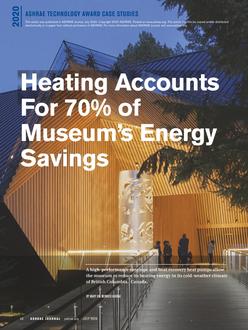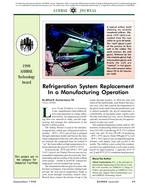Storing thermal energy within the structure and furnishings of commercial buildings can be an effective way of shifting and reducing peak cooling loads. This has significant implications for the energy consumption of HVAC systems. Describes the results of a series of computer simulations that characterise the dynamic thermal performance of a typical office space. The effects of different night setback schedules are investigated in conjunction with a sensitivity analysis that involves changing system parameters such as lighting distribution, structural mass, heat transfer coefficients, carpet, and furniture. The effect of including a return air plenum in the zone model is also discussed. The results show that building thermal mass can be used to reduce peak cooling loads and electrical demand by controlling the variables that influence the interaction between the conditioned air and the structural mass. The results also indicate that mechanical precooling of building mass during off-peak hours can reduce peak cooling loads by as much as 50% compared to a strategy of turning off HVAC equipment at night.
KEYWORDS: energy storage, commercial, buildings, cooling load, energy conservation, energy consumption, heating, ventilation, air conditioning, calculating, computers, heat flow, performance, thermal properties, offices, night setback, electricity consumption, precooling, heavy, lightweight
Citation: ASHRAE Trans. 1992, vol.98, Part 1, Paper number AN-92-8-3, 910-918, 12 figs., refs.
Product Details
- Published:
- 1992
- File Size:
- 1 file , 1.2 MB
- Product Code(s):
- D-18009


